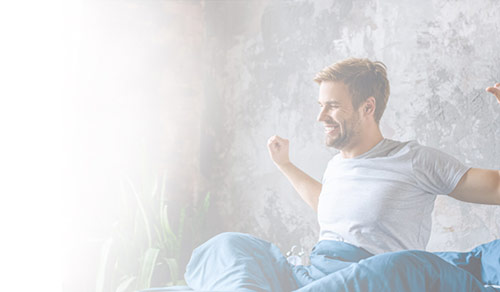
BiPAP Titration for Neurological and Cardiac Cases
BiPAP (Bilevel Positive Airway Pressure) therapy is used in the management of obstructive sleep apnea (OSA) and other sleep-related breathing
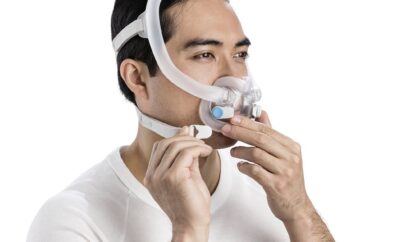
When CPAP Humidity is Too High: How to Adjust for Comfort
CPAP (Continuous Positive Airway Pressure) machines are used to treat sleep apnea to deliver pressurized air through a mask to

Benefits of Using CPAP While Awake: Training Your Lungs for Better Sleep
Learn about the benefits of using CPAP while awake, how it trains your lungs, enhances sleep apnea therapy, and helps with shortness of breath during the day.

Best BiPAP Accessories for Comfort and Effective Therapy
Discover the best BiPAP accessories, including masks, humidifiers, pillows, and ResMed supplies, to enhance comfort and improve sleep therapy effectiveness.

PAP Pressure Settings vs. CPAP: Differences Explained
Learn how APAP pressure settings work, how to adjust CPAP pressure, and what the ideal pressure should be for effective sleep apnea treatment.

Travel APAP Machine Guide: Packing, Power Options, and Airline Rules
Traveling with a travel APAP machine? Learn about power options, the best travel APAP machines, humidifiers, prescription rules, and airline regulations.
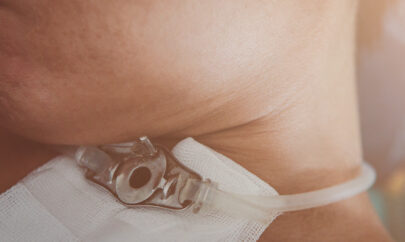
Best Practices for BiPAP with Tracheostomy at Home & Hospitals
Learn how to use BiPAP with tracheostomy, whether BiPAP requires intubation, and how to ventilate a patient with a tracheostomy for better respiratory care.
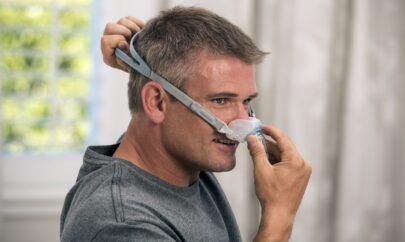
CPAP Air Too Warm? How to Fix Overheating, Heated Hose Issues, and ResMed Settings
CPAP air too warm? Learn how to adjust ResMed CPAP settings, fix heated hose issues, prevent power supply overheating, and set the right tube temp.

What Is the Best CPAP Mask for Every Sleeper: Mouth Breathers, Side Sleepers, and Beards?
Wondering what is the best CPAP mask? Find the best options for mouth breathers, side sleepers, full face, nasal, and bearded users for ultimate comfort.

How sovaSage Uses Facial Dimensions to Find Your Perfect Face CPAP Mask
It is important that your CPAP (Continuous Positive Airway Pressure) mask fits your face correctly to ensure the effective management

CPAP Cases: How to Pack and Store Your CPAP for Maximum Longevity
If you are dependent on Continuous Positive Airway Pressure (CPAP) therapy it is important that you look after your device,

BiPAP Full Face Mask vs. Nasal Mask: Which One Is Right for You?
Choosing a mask for your APAP, CPAP or BiPAP therapy can be a dealbreaker for your results. The two main

APAP Levels Vs. CPAP Pressure: Key Differences and Results in Treatment
Continuous Positive Airway Pressure (CPAP) and Automatic Positive Airway Pressure (APAP) devices are the most common therapies used for the

CPAP Gel: Enhancing Comfort and Preventing Mask Leaks
Stop CPAP mask leaks with CPAP gel. Learn how to fix CPAP mask seals, prevent air leaks, and improve sleep comfort.
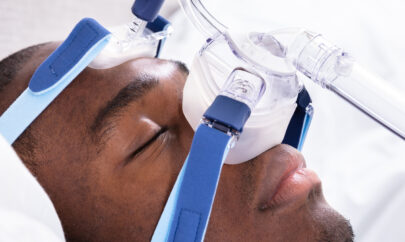
What Does an APAP Breathing Machine Do When You Stop Breathing?
An APAP machine is a specialized form of Positive Airway Pressure (PAP) therapy aimed at treating obstructive sleep apnea. This


